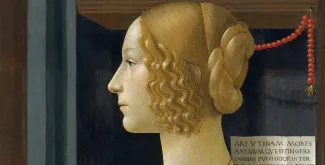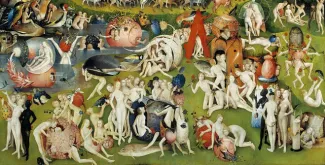Iglesia Parroquial de San Jerónimo el Real
Information
Popularly known as "Los Jerónimos", it was once one of the most important monasteries in Madrid. Next to it stood the so-called Cuarto Real, which was subsequently extended as the Palacio del Buen Retiro during the reign of Philip IV. The Church has been classed as a National Monument since 1925.
It dates back to the year 1464, when King Henry IV of Trastamara founded the Monastery of Santa Maria del Paso on the banks of the River Manzanares, close to El Pardo. Given the insalubrious nature of the area, the monks asked the King and Queen to be transferred to another healthier site. Queen Isabella the Catholic granted the monks the current location, in 1502, closer to the Court, known from then on as El Prado de San Jerónimo.
The monastery was an emblematic place in the Court, where the heirs to the Spanish throne would pledge their oath as Princes and Princesses of Asturias, from Philip II (1528) up to Isabella II (1833). It was also the site of several Spanish Courts and episcopal ordinations.
The church and a cloister still remain of the monastery, behind the Prado Museum. The church is in the Gothic style. It was built in the shape of a Latin cross and is composed of a nave, transept and five chapels on each side. The monumental staircase leading up from Calle Alarcón was built for the wedding of King Alfonso XIII and Victoria Eugenia, in 1906.
The cloister gradually deteriorated over the course of the 19th century, and after an agreement was reached with the ecclesiastical authorities, it was renovated and incorporated into the Prado Museum as part of the expansion designed by architect Rafael Moneo. Because of its current appearance, the cloister is popularly known as "Moneo's Cube".
In 2010, restoration work was completed on the whole building, except for the stairs, by the architect Francisco Jurado, who recaptured the building’s former image.
Docking Stations:
- Calle Espalter, 1
- Calle Antonio Maura, 15
There is no charge for admission.
Our suggestions

Thyssen-Bornemisza National Museum








